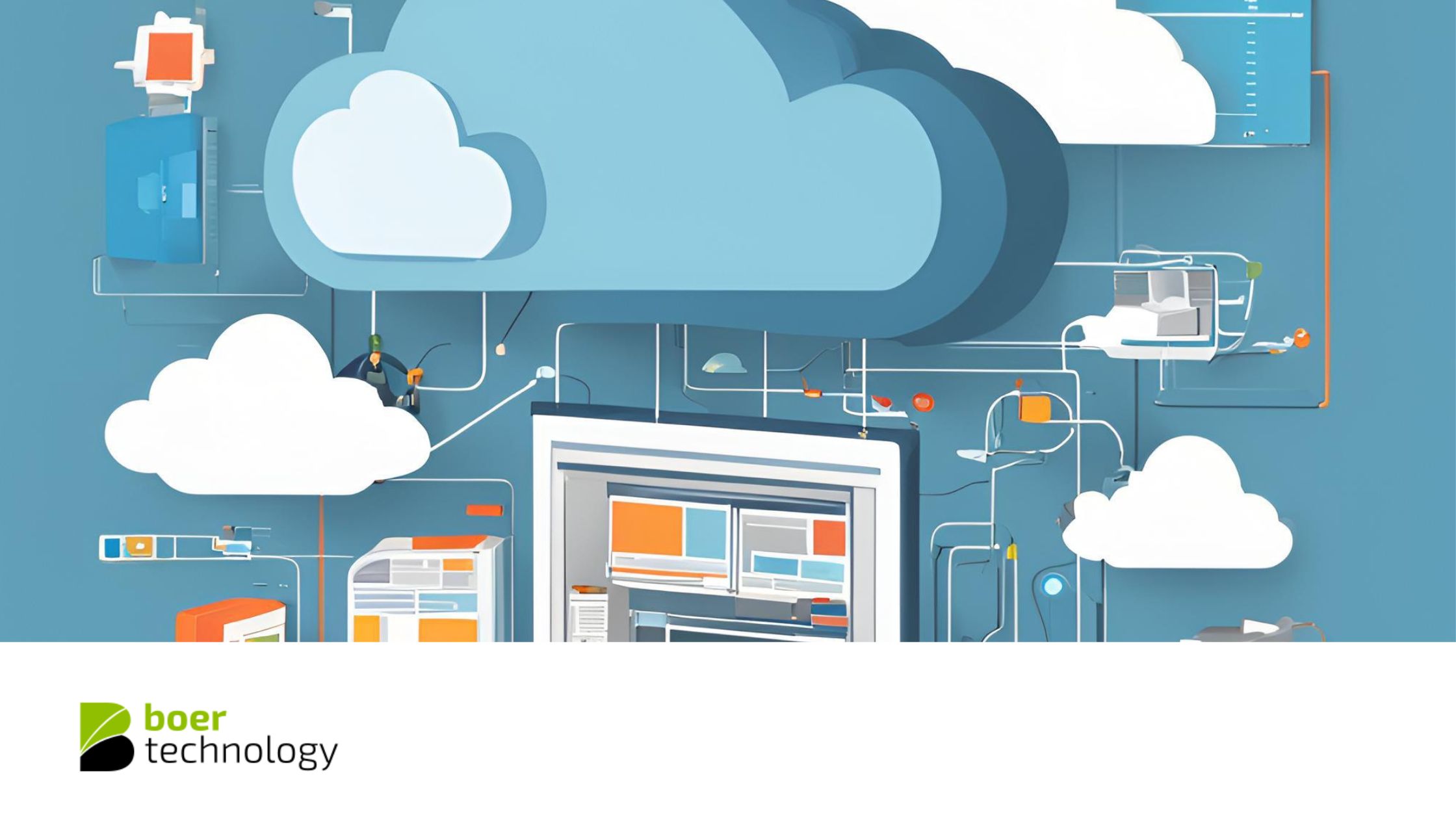What is Cloud Computing?
Cloud computing is a technology that allows users to access and manage data and applications via the internet, without the need for physical infrastructure such as servers or other hardware. This technology has transformed the way we manage information and carry out various business processes, from data processing to file storage, in a more efficient and flexible manner.
Basic Concept of Cloud Computing
Simply put, cloud computing allows users to store data and run applications on servers located remotely, usually referred to as "the cloud," which can be accessed at any time and from anywhere via an internet connection. Previously, performing many tasks, such as storing data or running software, required individuals and businesses to own costly hardware and infrastructure. Cloud computing offers a more cost-effective and practical alternative by moving many of these functions to remote servers.
Types of Cloud Computing
- Infrastructure as a Service (IaaS)
IaaS is a cloud service model that provides basic computing infrastructure such as servers, storage, and networking via the internet. Users can rent these resources as needed without having to buy hardware. Examples of IaaS providers include Amazon Web Services (AWS), Microsoft Azure, and Google Cloud. - Platform as a Service (PaaS)
PaaS provides a platform for developing, testing, and managing applications without having to manage the underlying infrastructure. PaaS allows developers to focus on writing code and developing applications while the cloud service provider handles the infrastructure aspects. Examples include Heroku and Google App Engine. - Software as a Service (SaaS)
SaaS is a model where software applications are fully run in the cloud and can be accessed by users via the internet. Users do not need to install or maintain the software on their devices. Popular examples of SaaS include Gmail, Microsoft Office 365, and Dropbox.
Benefits of Cloud Computing
- Cost Efficiency
Cloud computing reduces the need for purchasing expensive hardware and operational costs for maintaining servers or data centers. Users only pay for the resources they use (pay-as-you-go model), which makes it a more affordable option, especially for small and medium-sized businesses. - Scalability and Flexibility
Cloud computing allows users to scale up or scale down computing resources as needed. For example, if a company suddenly requires more storage space or processing power, they can obtain it without having to wait for new hardware procurement. - Global Accessibility
One of the major advantages of cloud computing is ease of access. Users can access their data and applications from various devices (laptops, smartphones, tablets) connected to the internet. This is particularly beneficial for businesses with employees working from different locations or operating globally. - Secure Data Storage
Cloud service providers typically implement advanced security measures to protect user data. These include data encryption, multi-factor authentication, and disaster recovery systems, ensuring that data remains secure even in the event of physical system failures.
Challenges in Cloud Computing
While cloud computing offers many benefits, it also comes with challenges. One of the main concerns is data security. Users must trust their cloud providers with their data, which could be at risk if there is a data breach or cyberattack. Additionally, reliance on a stable internet connection can be problematic, as access to data or applications will be interrupted if the internet connection is lost.
The Evolution and Future of Cloud Computing
Cloud computing is rapidly evolving. Technologies like artificial intelligence (AI), big data analytics, and the Internet of Things (IoT) are increasingly integrated into cloud platforms. This opens up new opportunities for businesses and individuals to leverage advanced analytics and big data processing without having to own complex and expensive IT infrastructure.
The future of cloud computing will likely see more companies migrating to the cloud for more efficient operations and to connect with customers globally. As technology progresses, cloud computing will become even more affordable and accessible to a wider range of individuals and industries.
Conclusion
Cloud computing has revolutionized the way we store and manage data. With various service models like IaaS, PaaS, and SaaS, along with benefits such as cost efficiency, flexibility, and accessibility, cloud computing has become the go-to choice for individuals and businesses alike. While there are challenges, ongoing technological advancements and improvements in security continue to make cloud computing increasingly reliable and cost-effective in the future.

